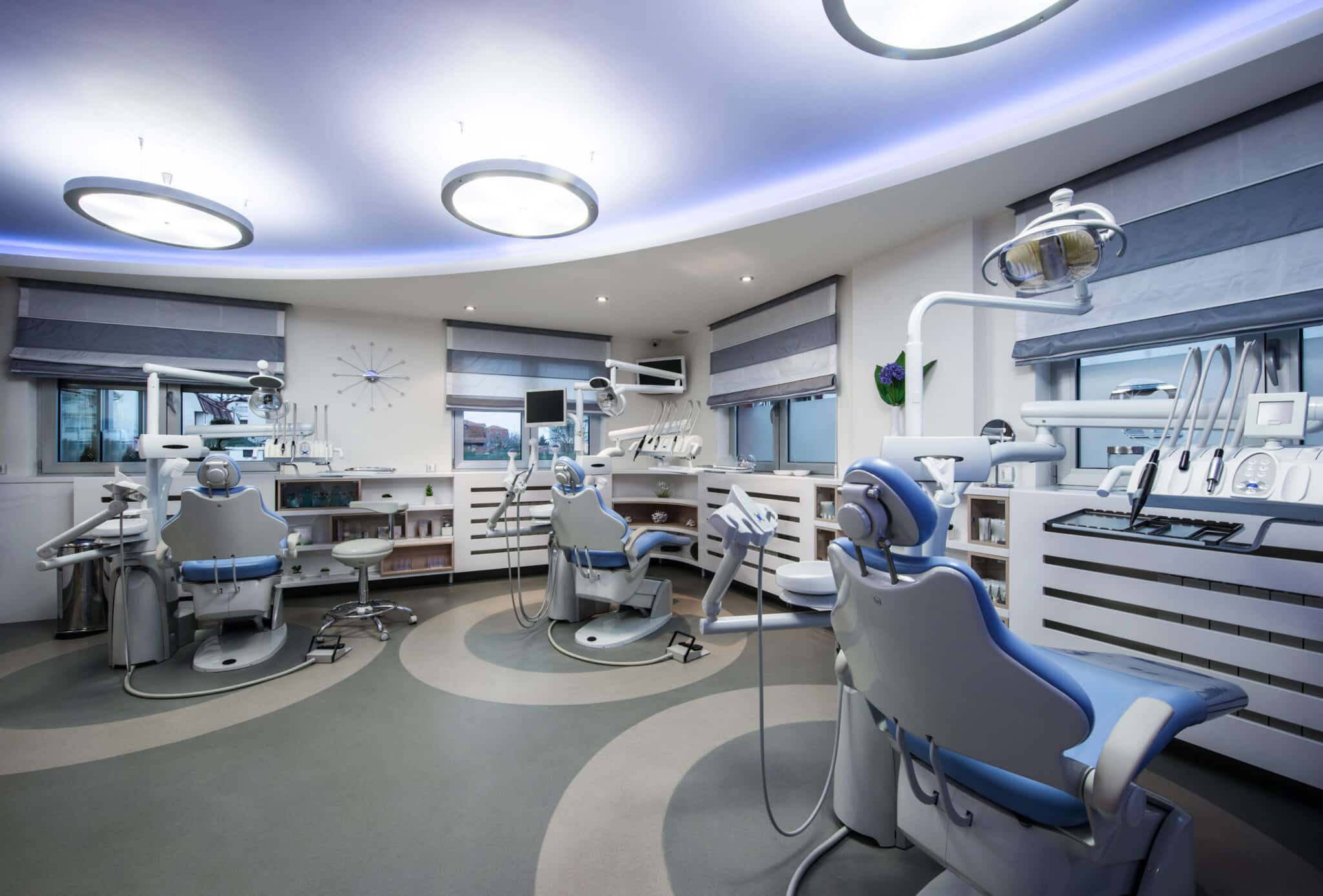From Drills to Data: Why Dentists Can’t Ignore Dental IT Infrastructure
In today’s dental practices, the handpiece isn’t the only tool that needs to work flawlessly. Behind every chairside monitor, digital X-ray, and practice management system is a network of IT infrastructure that keeps the clinic running. Ignore it, and you risk costly downtime, data loss, or worse—compromised patient care.
Modern dental practices run as much on IT systems as on clinical tools. That’s not an exaggeration. From front desk scheduling to operatory imaging, digital systems touch every part of the workflow. Yet too many dental offices still treat IT as an afterthought. Here’s why that mindset needs to change—fast.
IT Infrastructure Is the Backbone of Patient Care
Let’s start with the obvious: patient experience. A patient books online, fills out digital forms, and expects instant access to treatment plans, images, and billing. If your network is laggy or your systems crash mid-appointment, patients notice. Worse, delays can impact diagnosis and treatment.
Dental IT solutions aren’t just about convenience—they’re about clinical continuity. When digital X-rays don’t load or practice management software locks up, the entire day’s schedule can unravel. The proper infrastructure ensures these systems talk to each other smoothly and reliably.
Cabling Isn’t Glamorous—But It’s Critical
Behind every seamless digital workflow is a mess of cabling. Or at least, it’s a mess if it’s done wrong. Poor dental IT cabling is one of the most overlooked causes of network instability.
A few examples:
- Improper shielding can cause interference that disrupts data transmission.
- Inadequate bandwidth planning slows down large file transfers like 3D scans or digital impressions.
- Unlabeled or tangled cables make future upgrades a nightmare.
Good cabling is invisible when done right—and a constant headache when done wrong. Investing in professional-grade dental IT cabling from the start prevents bottlenecks, errors, and expensive service calls later on.
Security Isn’t Optional—It’s a Legal Requirement
Patient data qualifies as protected health information (PHI), and dental practices must adhere to industry regulations to ensure their security. That means encrypted backups, firewall protections, secure email, and access controls.
But none of that works if the underlying infrastructure is weak.
An outdated router, a poorly segmented network, or shared logins can leave your entire practice vulnerable to breaches. And breaches aren’t just IT problems—they’re legal and financial disasters.
Dental IT services that include cybersecurity support are no longer a luxury—they’re a necessity. From regular risk assessments to real-time threat monitoring, a solid IT partner keeps you compliant and protected.
Downtime Costs More Than You Think
Think downtime is just a minor inconvenience? Add it up.
- One hour of downtime in a 3-chair practice can mean 2-3 missed appointments.
- That’s hundreds of dollars in lost revenue—multiplied across days, weeks, or months.
- Add to that the cost of rescheduling, staff idle time, and the reputational hit of running behind.
Most IT issues that cause downtime—like server crashes, network outages, or hardware failures—are preventable. The problem isn’t technology failing. It’s not investing in the proper infrastructure to begin with.
Scalability Starts with Infrastructure
Want to add more operatories? Bring in CBCT or digital scanners? Switch to cloud-based records?
You can’t do any of that without a stable, scalable IT infrastructure. Practices that cut corners early often find themselves boxed in later, facing expensive retrofits or system overhauls.
Dental IT solutions should be built with growth in mind. A good setup includes:
- Structured cabling for expansion
- Scalable data storage
- Cloud or hybrid options
- Support for future tech integrations
Waiting to upgrade until you’re already feeling the pain is too late.
The Fix: Partner With Dental IT Experts
General IT providers don’t always understand the specific demands of dental clinics. You need someone who knows how imaging systems interact with management software, how to protect PHI under industry regulations, and how to design networks that can handle large file transfers without breaking a sweat.
Dental IT services go beyond help desk support. They include:
- Custom network design
- Proper dental IT cabling and hardware installation
- Backup and disaster recovery planning
- Cybersecurity and compliance
- Ongoing maintenance and monitoring
A true partner helps your practice run smoother, grow smarter, and stay protected.
Final Word: Don’t Wait for a Crash
Too many dental practices only think about IT when something breaks. That’s a reactive, expensive way to operate.
Think of your IT infrastructure the same way you think about sterilization protocols or radiographic safety: non-negotiable. The right systems, properly set up and maintained, are what allow your tools, team, and technology to do their jobs.
From drills to data, every part of modern dentistry depends on IT. Make sure yours is up to the task.




